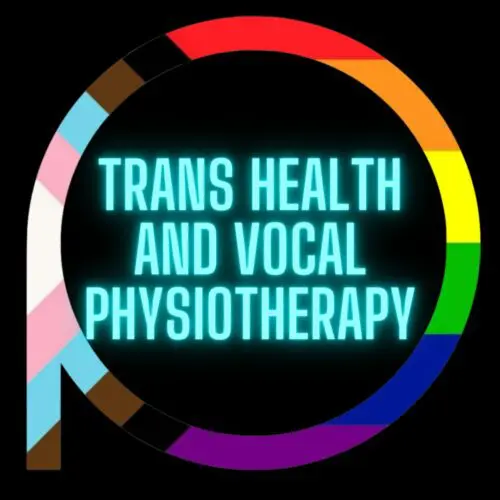Your voice is made up of so many facets to make it sound like you. You may never have considered the importance of pitch, quality, resonance, articulation and prosody.
If you are transgender, transitioning or wanting to alter the way you sound, you may be thinking about your voice A LOT.
There are anatomical variations in everyone’s vocal tract that mean the voice is produced at different frequencies and thus your voice will vary between high and low sounds. When transitioning from a higher to lower voice, hormone therapy makes the vocal cords larger and thus change the frequency at which they vibrate, creating a lower pitched voice.
If you are altering from a lower to higher voice, hormone therapy doesn’t create changes in the vocal tract or cords and therefore, creating a higher tone requires an excellent support team in your speech pathologist to ensure that you can alter not only the pitch of your voice but also vocal qualities, intonation and behaviors. Inflection in speech at a higher frequency as well as breathiness has been associated with a higher toned voice.
When making changes to your voice, this creation of new speech patterns requires intensive repetitive practice. This can become tiring and you may find that you experience vocal fatigue at either the vocal fold level or at the musculoskeletal level. It is therefore important to have your speech pathologist guide your voice training to help you create a voice that is sustainable and efficient.
A Vocal Physiotherapist is able to assist you with the musculoskeletal components of your voice transition. As you practice your new voice patterns, you will be using the muscles around your neck and larynx in a different and possibly unfamiliar way. This can create muscle feedback that may feel like tension or tightness. Vocal Physiotherapy treatment can alleviate this tension or tightness.
Vocal Physiotherapy can also assist in finding the most dynamic head and neck posture that minimises additional load through your larynx so that you are able to practice your speech pathology exercises and vocalising on a day to day basis effectively.
If you bind your chest, you may be feeling tension in your chest or breathing. Discomfort in your chest can impact the breathing component of your voice and treatment of your rib cage and upper back can alleviate this tension in your body.
Transition of your voice can be a long process as it requires you to change many deeply ingrained vocal habits. Vocal Physiotherapy can assist your physical awareness of your larynx, head, neck and body posture. Treatment can be used as a neuromuscular cycle breaker where it allows different information from your muscles around your larynx, head and neck to be provided to your somatosensory cortex (the part of your brain where your body is represented) so that it can start to change the information being sent to the muscles. It may allow you to feel less tension around your larynx whilst you are producing your voice so that it is more comfortable and you can manage any accumulation of tension from changing your voice. Of course, any Vocal Physiotherapy for altering your voice is done in conjunction with your Speech Pathologist.
It is recommended that anyone who is non-binary or who is going through a gender transition to seek professional help from a voice expert in voice alterations. In Victoria, the La Trobe University has a Voice and Communication clinic for those wanting to seek more information
If this has sparked some interest for you, or you are feeling muscular symptoms when you produce your voice, please don’t hesitate to contact the friendly team at Performance Medicine.
REFERENCES:
Voice and Communication Change for Gender Nonconforming Individuals: Giving Voice to the Person Inside, Shelagh Davies, Viktória G. Papp & Christella Antoni,
https://www.tandfonline.com/doi/full/10.1080/15532739.2015.1075931
Voice and Communication Services for Transgender and Gender Diverse Populations
https://www.asha.org/practice-portal/



